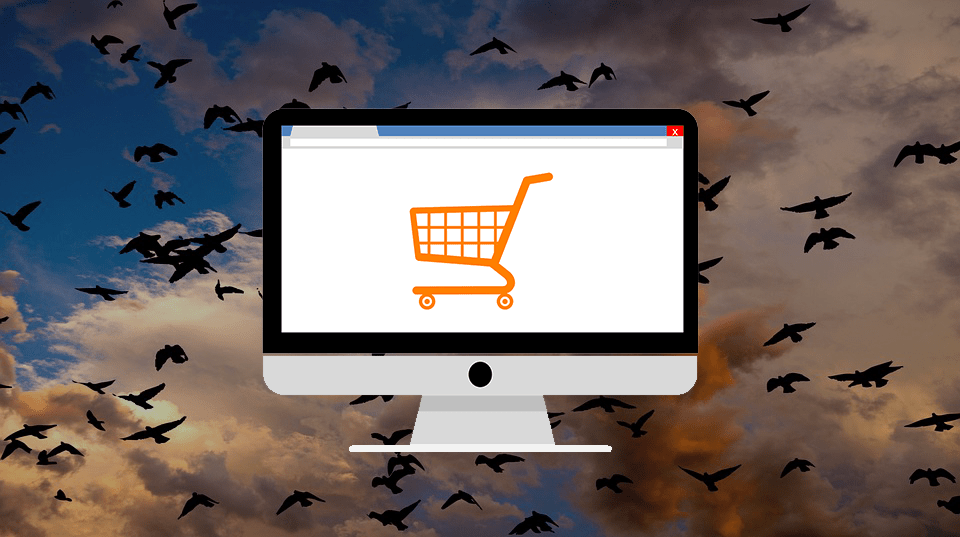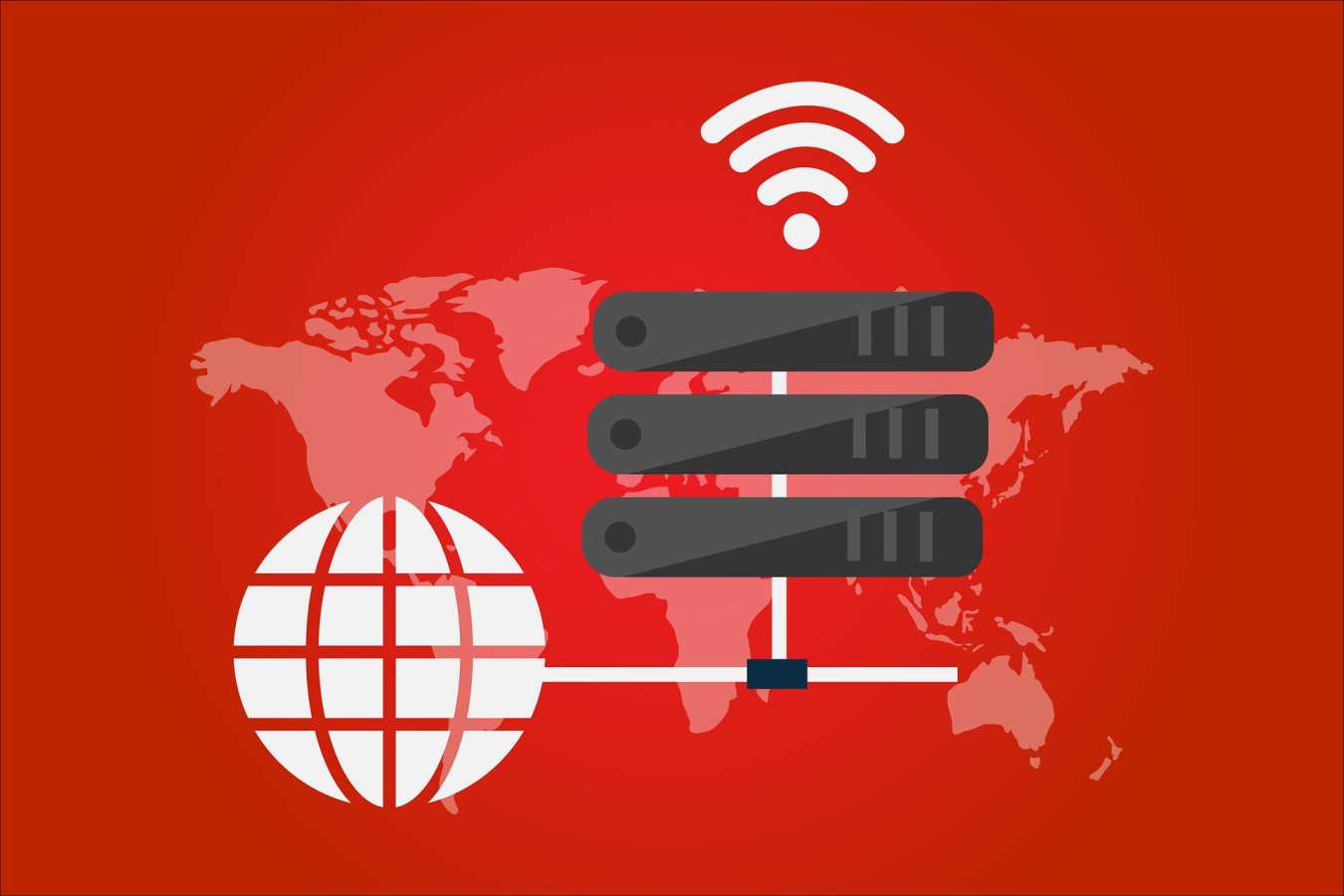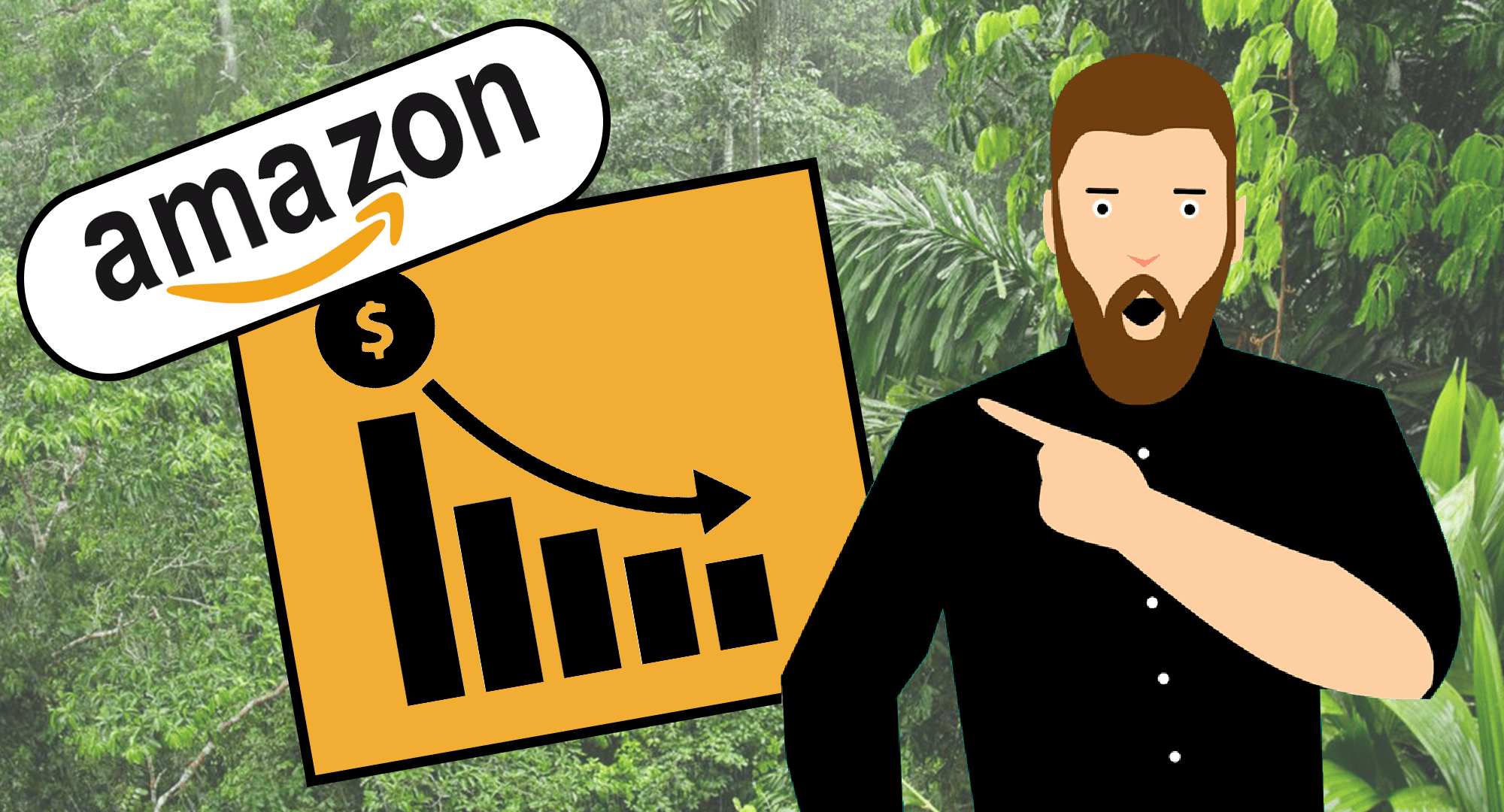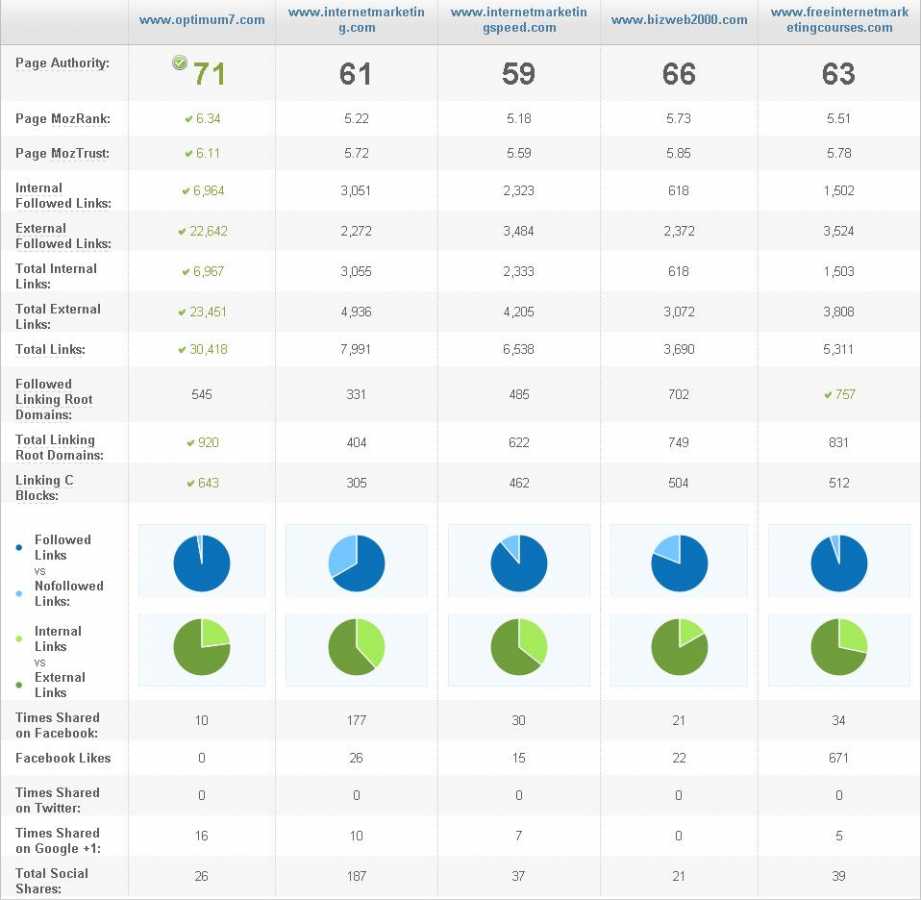This week’s Surge Session focuses on eCommerce migration, which refers to switching your eCommerce operation from your current platform to a different one. We cover everything from the benefits and risks of re-platforming, to the pros and cons of different eCommerce platforms, such as Shopify, BigCommerce, WooCommerce, Magento, and more. We also go over customization, apps, and functionalities, and how they may affect your decision regarding a migration. If you are looking to re-platform, or simply are just curious about it, this week’s Surge Session is exactly what you need watch.
What is eCommerce Migration and Re-Platforming?
So today, we’ll talk about migrations and how to re-platform. Obviously, there are a lot of different eCommerce systems to choose and if you are starting eCommerce for the first time, what I would like to do today is to categorize the types of people who want to use eCommerce.
So you might be a new business establishing an eCommerce store; that’s 1. 1A would be: you are an existing business, and you have a manufacturing or an existing B2B business, and you already sell products, but you’ve never done online before. 1B would be: you have never had a business, this is a brand new business and you’re trying to build an eCommerce business from scratch. 2 would be: you already have an eCommerce system, you already have an eCommerce operation, but you’re looking to improve your functionality, improve your efficiency and you’re looking to grow. 3 would be: you are an existing business, but you are outgrowing your current platform. So these are the reasons why anybody would want to migrate to another shopping platform, or they want to create a new eCommerce platform.
There are different types of eCommerce platforms. We separate into three sections: open source, hosted, & enterprise. Open source would be WooCommerce, Magento, X-Cart, PrestaShop. Hosted carts would be Volusion, Shopify, BigCommerce. Let’s add another category. You have the lame ones, and the lame ones are Wix & Squarespace, the do-it-yourself websites. These are not eCommerce platforms. If you are on one, please get out if you want to make serious money or if you want to do serious business. And then we have the enterprise ones. You have VTEX, SAP Oracle, SAP Hybris, Oracle ATG, Sitecore, Episerver.
So we work with all of them. The ones that we find the easiest are the one that have the best content management systems, not just for us as marketers and content marketers, but also for the clients and for the business owners, when they can go through the system and actually operate it and not need an in-house web developer to do every single little change in the website. So platforms like Shopify is a good example of that. Big Commerce is also a good example of that. For mid-sized businesses, a hosted solution like Shopify or BigCommerce has a really intuitive CMS and all-around I think that those are really solid platforms.
The way we categorize small-sized businesses and mid-sized businesses is usually small businesses are zero to five million dollars annually. And if they are doing anywhere from five to one hundred million dollars in an eCommerce space, we call them medium-sized businesses because they are going to need a lot more advanced structures. They might need a B2B functionality. They might need a pre-check or upsell. They might have different warehouses in different locations. They might need to work with a channel manager. So, unfortunately, the question of how to know when it’s time to re-platform or migrate your eCommerce system has to do with your operations and every situation is different. So we try to address every situation separately and differently.
Which eCommerce Platform Should I Migrate to?
Now, let’s talk about size. Let’s say I’m starting a small business from my home, only have three products, three SKUs. I don’t know if I’m going to make money on that, I’m just testing it out. Which platform do I use? WooCommerce is fine. Test it on an open source platform. It’s cheap. Why would you want me to go on WooCommerce? You’re using WordPress’ CMS, which is one of the most intuitive CMS’s out there. You can go to wordpress.com or set up a WooCommerce, you can create one on these do-it-yourself tools. Also, another thing you could do is you could go to Upwork or Fiverr. You could set up three products, check out, integrate it with Stripe. Boom. You’re done. And beyond the setup, your costs are non-existent, basically.
So let’s put another example. Now I have five products, but I’ve been selling these products for a couple of years at bazaars and everything else. I have some money. I have inventory and I want to build a legitimate business. Which platform do I go on? A hosted solution. And these hosted solutions have tiered pricing, so you start off at the lower package, the lower tier. As your business starts to work up, as it starts to grow, then you can work your way up as you need and they will accommodate you. So, a hosted solution like BigCommerce or Shopify.
Okay, so let’s say I’m doing a million dollars annually and I want a good system and I’m growing out of my current system, how do I decide which platform do I go on to? I mean, every business is unique. So it really comes down to what your needs are. Luckily these hosted solutions kind of have a nice buffer area once you start to grow at that level. So they try to offer their own, somewhat-of-an-enterprise-level platform. You have Shopify Plus, BigCommerce Enterprise. They’re not full enterprise-level platforms, but it’s a good stepping stone. Once you’re already there, and you’re continuously growing at that rate, then you know, you need to start looking for an Oracle ATG or an SAP. So you can scale up to 10, 20 million dollars in these sorts of solutions.
But there’s a detail here. Usually, most of the time, BigCommerce or Shopify, if you’re doing more than three, four million dollars, they’re going to try to push you to their Plus or Enterprise solutions. Now, you can get BigCommerce or Shopify at $200 a month. But if you go on Shopify Plus or BigCommerce Enterprise, your cost is going to go over to 1,000, 1,500, 2,000 dollars a month.
eCommerce Migrations and Re-Platforming: Customization, Apps, and Functionalities
Let’s talk about customization. Obviously, we have different types of clients who need different types of functionalities and we have made many different custom functionalities for them. Everybody needs different stuff. So, if I want a customizable platform, which platform do I go on? If you’re looking for something completely customizable and you’re not at that enterprise level yet, I would recommend Shopify, BigCommerce, and I would say Magento, somewhat. The only problem with Magento is that you really need an expert even in-house or you need a partner that you are very close with, an agency or something, because you need to pay for maintenance with Magento. I mean, internally or externally, you’ve got to pay somebody for maintenance. And it is very customizable.
If you’re looking for customizations, don’t reinvent the wheel. Go to BigCommerce’s app store and Shopify’s app store and check if they have it. Because instead of spending tens of thousands of dollars, you could get it maybe for 50 bucks a month or 100 bucks a month. So, from a customized standpoint, the difficulty becomes when you are looking for preview kind of functionalities, visual functionalities. The apps or the add-ons are limited from that standpoint.
Okay, so how about marketing platforms? Marketing, automation. Let’s say I’m getting 200 orders a day, however, my conversions are not great, and I am looking to re-platform because my current platform is not good with abandoned carts or it’s not good with conversions. What would you say to that? Well, going back to what you said, these platforms like BigCommerce and Shopify have an app store with tons of functionality like upsell functionality and abandoned cart functionality. So look at these platforms that already have these marketing solutions available. For example, Shopify has an app called “Recart” that we recommend a lot because it not only enables you to send abandoned cart emails, it also integrates with any other email-collecting app that you might have, like an exit intent popup. So everything integrates and you have the email and the consent of the user to use that email in order to send the abandoned cart email.
I think we should clarify, which platforms have app stores? Volusion does not have an app store, BigCommerce has an app store, Shopify has an app store. I think Shopify has the most advanced app store with the most solutions and apps. VTEX is an enterprise solution, does not have an app store, but they’re working on it. SAP Hybris does not support apps, it’s all custom. Oracle does not support apps, it’s all custom as well. PrestaShop does not have apps. Magento does not have apps, but they have extensions you can implement. And WooCommerce also has extensions. WooCommerce/WordPress has extensions you can implement.
Is Re-Platforming Worth the Cost?
I’ll ask one more question. We have clients who come to us and they say, “We’re on this open source and we’ve invested half a million dollars on this and we cannot switch.” And we see so many issues with that, so many issues with the platform, that they invested half a million dollars in. What do you say to somebody like that? They want to grow, they want to sell more, but they’re stuck in the platform because they’ve invested so much in the platform. I’ll start by saying: don’t invest so much money on open source platforms.
And I would say, it’s a business decision not on any of the owner’s part, but you can keep bleeding money on this platform or you can invest another 50, 60, 100 thousand dollars and be done with it and get a proper setup on a proper eCom assistant that can really sustain your business over years.
Okay. So in terms of what’s being said here, and we hear it so many times: in the short-term, it’s going to be painful. You have to suck it up and you have to get out of that platform, especially if you see that platform not performing well in terms of support. You’re seeing that it has longer down times. And recently, there are no secrets here, we preach a lot of transparency and honesty here at Optimum7, we’ve had a lot of problems with Volusion. We used to be a major partner with Volusion. We’re not anymore because they wanted us to pay money to be their partners and we said, “We’re not going to do that anymore.” And Volusion, in the latest algorithm, we’re seeing a lot of issues with Volusion platforms being affected by your-life or your-money update. So even more so than just the limitations from a development standpoint and the limitations from an operation standpoint with the down times, we’re now seeing effects from a marketing standpoint. And so Volusion has tremendously dropped the ball. Their CMS is basically non-existent. The architecture of their websites at the end of the day is not good for SEO.
We talked about which platforms to use for what kind of business. Obviously, if you’re doing more than 10, 15, 20 million dollars, you should start looking at an enterprise solution. For that, we would say definitely look at Shopify Plus, BigCommerce Enterprise. We work closely with BigCommerce. It’s a great platform. They are very helpful. They provide a lot of support. If you have a unique kind of customization and if you need your checkout to be really powerful, I would look at VTEX for sure. VTEX has some missing elements, obviously, in their platform from a development standpoint because it’s enterprise. Anytime a system is enterprise, you’re going to have to go in and customize a bunch of things. But again, if you’re doing less than five million dollars, Shopify, BigCommerce, quick. You could literally that have up in 30 to 90 days based on your complexities and go from there.
What are the Risks of eCommerce Data Migration and Re-Platforming?
Let’s talk about the risks of a migration. When a business owner comes to us, they’re scared of a couple of things, right? They’re like, “Oh my God, this is a big pain.” And again, you have to suck it up and go through the pain in the short-term so that you can have your business scale in the long-term or intermediate-term. What are some risks with migration? What do companies or what do consultants miss? What do we need to pay attention to when we are migrating a project? You need to be very careful about data loss. You have to know exactly how to structure the data properly so all the orders, all the product images, the reviews, every little aspect of the database in your current platform gets migrated and properly stored into the databases of the new platform.
We have a lot of issues with field mapping. Volusion has different fields than BigCommerce. BigCommerce has different fields than Shopify. When we are talking about data, one of the most important things is different platforms handle different characters. You have to pay attention to special characters. The product options are handled differently on Volusion than on BigCommerce than on Shopify and then the enterprise solutions are completely different.
But if we have to organize this from a migration standpoint, we would say you have to migrate your products, your customers, your product options, your orders, and the functionality, any functionality you might have. For example, for our vaping clients, we have age verification functionality. When you’re migrating a functionality from Volusion to BigCommerce, 95% of the time, you’ve got to do it from scratch.
From an SEO and content marketing point of view, what’s the most essential thing we need to do before we migrate? 301 redirects. Every platform has a different way of structuring their URLs and since you’re already on a specific platform, all of those URLs are indexed on Google or you have links from other sites from your social media. All of your operation has been set to those URLs. Now we have to make sure that those URLs redirect seamlessly to the new structure of the new platform. Otherwise, you’re going to lose a lot of traffic. You might get flagged by Google for having too many 404s and too many bounces off your website.
When you change a platform, there’s a 99% chance your product URLs and category URLs are going to change. So if your website was MyeCommerceSite.com/product.html, that’s going to change, but you have sent all your backlinks and authority to product.html for the past five years. So you want to make sure you don’t lose any of that juice and that’s where the 301 redirects come in. And you would be amazed at how many times people have come running to us because the company they were working with missed 301 redirects or they did not do it properly.
What are the Benefits of an eCommerce Migration?
Alright, so we talked about the benefits. The benefit is obviously being able to be scaled, correct? But I want to go back to 301 redirects for a second because we did something really, really cool in the past two weeks. We were able to implement a subdirectory WordPress blog with a reverse proxy. The platform that we were migrating to did not have a CMS. They didn’t have the capability to have a blog on their platform. What we did was, we migrated the blog to a WordPress site. So the blog is utilizing the power of WordPress’ CMS and now in order to get that blog sub-indexed on the new platform, we created a reverse proxy. We have all the traffic coming in through one server that then is being pointed to the eCommerce store with the blog hosted. And the biggest advantage is that it’s not in a subdomain. The whole reason why we did the reverse proxy was to avoid using a subdomain. We know that subdomains aren’t going to build any authority to the main primary page. Subdomains start from zero authority.
The ideal thing to do with Shopify, BigCommerce, etc., the structure that is allowed is your www.mysite.com is on Shopify, but your blog on WordPress, because Google loves WordPress, would be blog.mysite.com. But any time you create a subdomain, the authority starts from zero, so nothing you put on the subdomain is going to rank. Our solution, which is the reverse proxy, which we did for the first time on a couple of platforms, enables you to have www.mysite.com/blog under your subdirectory so that you leverage all the authority of that www domain. But your WordPress really is not on Shopify, it’s on another server. But we’re masking it to show as if it was on Shopify. So that’s what reverse proxy is. And it’s extremely important when you already have that blog content. You’re not starting from zero, you already have that authority. You don’t want to lose it.
There are some other benefits that we didn’t mention that are kind of side effects. A lot of people who come to us for help with migration don’t have their database structured properly. They don’t have product relationships, parent-child relationships, properly set up. And as part of that process, it’s a great opportunity to kind of clean house in your database. And people hate doing it, but they have to do it. I know people hate doing it, but you have to have a clean database of products, especially if you have more than 1,000 products.
We have clients who have 240,000 products and they don’t have parent-child relationships. From an operation standpoint, you want to track quantity separately on every single sub-SKU. So people come to us, they have hundreds of thousands of products, and they don’t even have this relationship, so their whole operation is a mess. So what all that is saying is: it’s a good idea and it’s a good opportunity to be able to clean all this data. And it makes navigating the site so much easier for the users.
Got it. For now, this is it. Again, we love migrations. We work with all these platforms that we mentioned, so if you have any questions, please shoot. We’ll be happy to help. We’ll talk to you guys next week.
Need help migrating your eCommerce operation to a new platform?
Want to learn more about the benefits of re-platforming?





